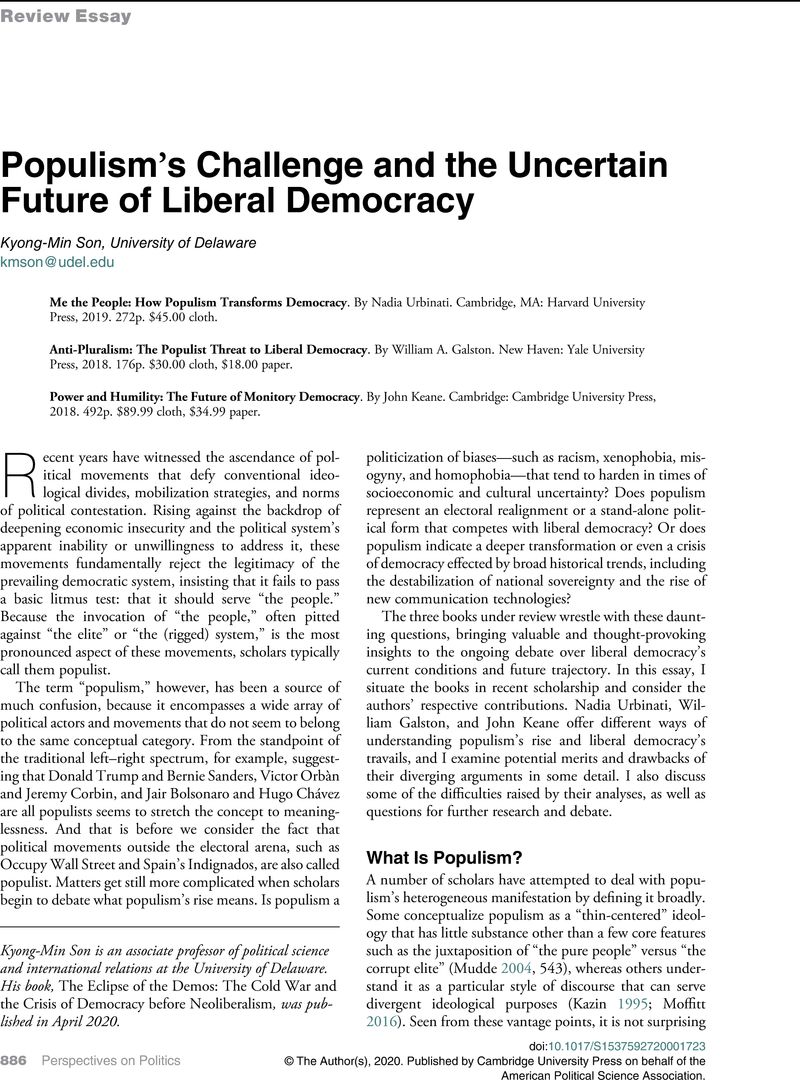Crossref Citations
This article has been cited by the following publications. This list is generated based on data provided by Crossref.
Sata, Robert
and
Karolewski, Ireneusz Pawel
2023.
Illiberal spectatorship – the disfigurement of citizenship in Hungary and Poland.
Journal of Contemporary European Studies,
p.
1.
Zhai, Yida
2023.
Pride and prejudice: Chinese citizens’ evaluations of democracy in the United States, India and Taiwan.
The British Journal of Politics and International Relations,
Vol. 25,
Issue. 4,
p.
701.



